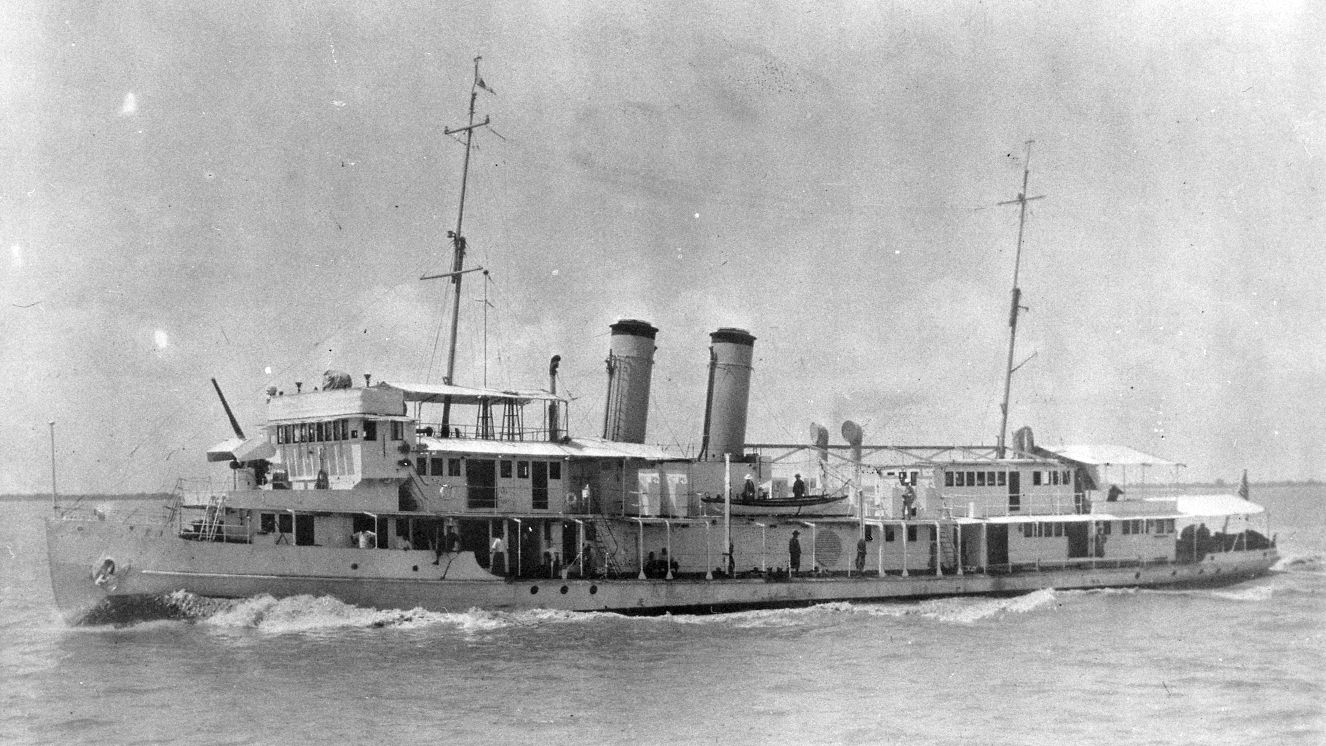ANDERSONVILLE WAS THE LARGEST, DEADLIEST CIVIL WAR POW PRISON

The idea of prisoners of war (POWs) dates back to ancient history, long before anyone thought about the United States of America. During the American Civil War, both the Union and the Confederacy had prison camps. Capturing men from opposing sides, the Union and the Confederacy had a system in place to exchange POWs, but it quickly devolved. This would lead to incredible mistreatment, resentment, and a sizable number of deaths. An even more daunting statement considering the Civil War remains America’s deadliest conflict. One infamous site for POWs was Andersonville in Georgia. Picked for its secure location for keeping POWs, the Andersonville Prison would draw negative attention from the Union. Notably, this would include the "Angel of the Battlefield," Ms. Clara Burton herself. Related read: John Brown's Raid: The Dress Rehearsal for the Civil War
Where Is Andersonville Prison?
Andersonville is at 760 POW Rd, Andersonville, Georgia, 31711. The largest Confederate military prison is only about an hour and a half from both Columbus and Fort Moore (Fort Benning). If you’re in Atlanta, it’s going to be an extra hour to reach. The previous name of the military prison in Andersonville, GA, was Camp Sumter. It was created after the Confederacy realized it needed to move its POWs. This was due to a number of battles near their previous location, Richmond, Virginia. When you look back at the length of Andersonville's Civil War history, it’s important to realize that it wasn’t in operation for very long. It barely made it over a year, only operating 14 months. Yet, in this time lies an amplification of the tragedy of the prison. Overcrowding, a lack of nutrition and sanitation, exposure to disease, and racism were staples of life at Camp Sumter. POWs were stuck in an overpopulated area surrounded by guards. They often had orders to shoot anyone stepping over the “deadline” around the property. Andersonville was hell. At the deadliest of the 150 military prisons of the Civil War, just under 13,000 would die. At its fullest capacity, there were over 32,000 captive prisoners. The prison could only house 10,000 adequately at best. Lice and various vermin were normal roommates for the POWs, while medical care and basic necessities were scarce. Even when the Union got close, Andersonville would scale down. Still operating, many of its prisoners were moved to other parts of Georgia and South Carolina.
Clara Barton Worked to Expose the Prison’s Issues
Before she was the "Angel of the Battlefield," Clara Barton was a teacher. Barton, the future founder of the American Red Cross, credits her students as a source of inspiration for her medical journey. One of the issues that continued to plague both sides was the inability to document troops when they died or were missing. But Barton wasn’t about to allow this to deter her. President Abraham Lincoln gave her approval, and she started what would become the Missing Soldiers Office to provide closure and create a better form of tracking. Barton and others would persist with their mission. This would help show just how terrible life in Andersonville was. One specific collaborator that would prove vital to this endeavor was previous POW, Dorence Atwater. Burying those who died, Atwater would keep records of the names and locations of their final resting places. Barton’s release of the first Rolls of Missing Men featured 1,500 names. Atwater recognized these names, so he reached out. An expedition through the Army would see Barton and Atwater going to Andersonville in 1865. While there, they marked graves and notified family members. Even after the Missing Soldiers Office had financial issues, Barton provided funds personally to finish the job before receiving funding from Congress to reimburse her. Exhausted from her efforts, Barton was advised to rest by her doctor. She would leave the United States to vacation in Europe where she ultimately would become inspired by the Red Cross organization to found one stateside. Suggested read: America’s Relationship With Palau Continues to Grow
Visit the Andersonville National Historic Site
Looking to learn more, visit a piece of history, or simply pay respect to the POWs? The Andersonville National Historic Site is a great place to visit. It’s also a few minutes away from the Drummer Boy Civil War Museum. The location isn’t just home to the largest Confederate military prison but is also home to the National Prisoner of War Museum and the Andersonville National Cemetery. It is a place to pay respects and learn from the past. You should allow at least two hours to visit the grounds. If you have an interest in the Civil War, or the stories of POWs, it’s recommended to reserve even more time to explore. Andersonville visitors can explore the cemetery and prison from 8:00 a.m. until 5:00 p.m. EST and the museum from 9:30 a.m. until 4:30 p.m. EST. All attractions are open daily; however, the museum and prison are closed on New Year's Day, Thanksgiving Day, and Christmas Day. Read next: 8 Inventions During the Civil War That Stood the Test of Time
BY BUDDY BLOUIN
Buddy Blouin is a Contributing Writer at VeteranLife.com
Buddy Blouin is a Contributing Writer at VeteranLife.com



